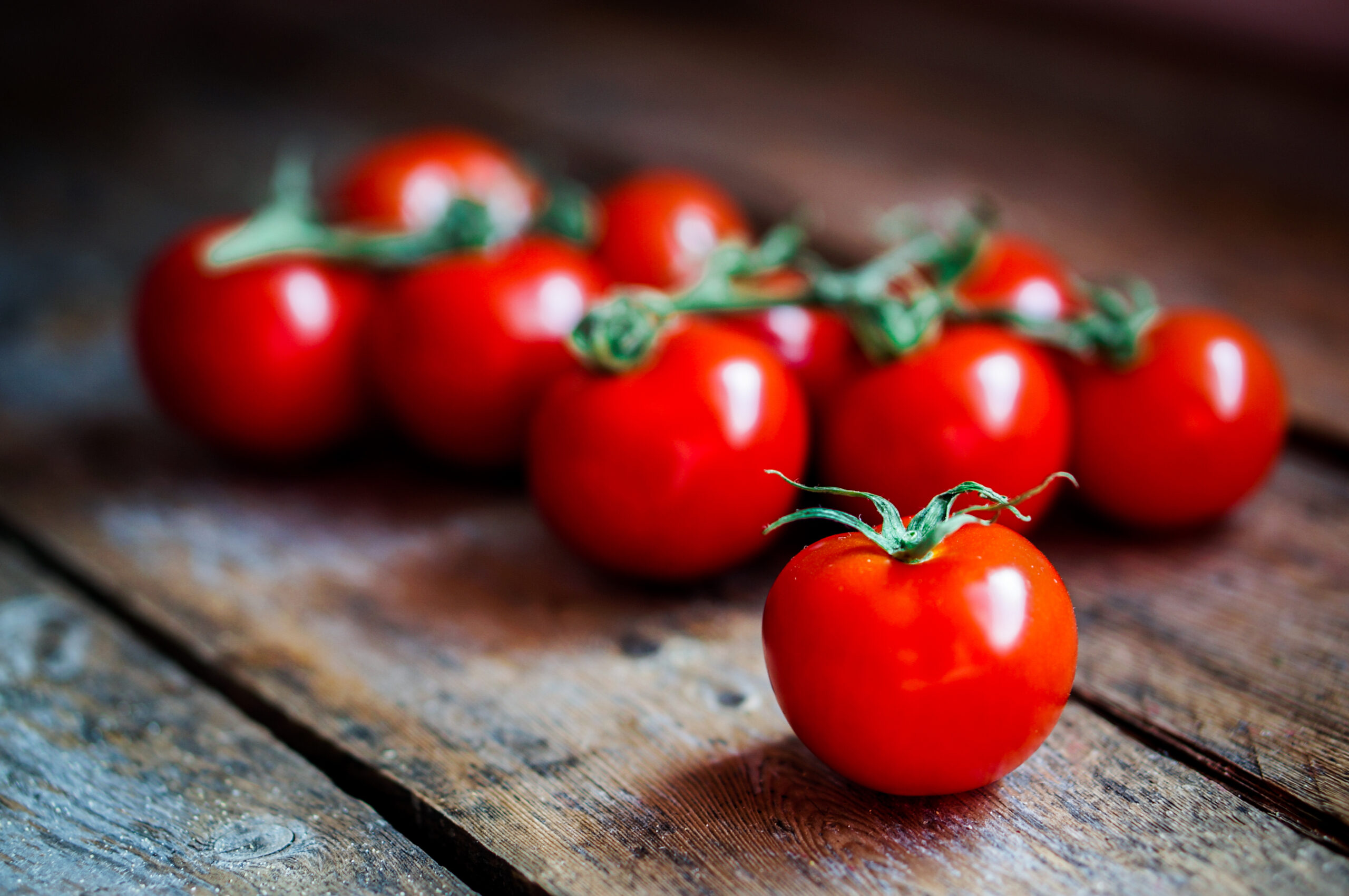Welcome to the world of home farming! Whether you’re a beginner or an experienced gardener, growing your own crops can be a rewarding and satisfying experience. In this guide, we will cover everything you need to know about planting, caring for, and harvesting your own crops. Let’s get started!
Introduction to Home Farming
Home farming is becoming increasingly popular as people seek to live more sustainable lives and have greater control over their food sources. With just a small plot of land and some basic equipment, you can grow fresh produce that tastes better than anything you could buy at the store. Plus, there are many health benefits associated with eating homegrown fruits and vegetables.
Choosing the Right Crops and Seeds
The first step in starting your home farm is choosing the right crops and seeds. Consider what grows well in your area and what you enjoy eating. Some popular choices include tomatoes, lettuce, spinach, radishes, green beans, and peppers. You may also want to consider herbs like basil, chives, and rosemary. When selecting seeds, look for varieties that are suited to your climate and soil type.
Preparing the Soil and Planting the Seeds
Once you’ve chosen your crops and seeds, it’s time to prepare the soil and plant them. Start by removing any debris from your garden bed and loosening up the soil. Add compost or other organic matter to enrich the soil and improve drainage. Then, follow the instructions on your seed packets to determine how deep to plant each variety. Be sure to give each plant enough space to grow and thrive.
Caring for Your Plants Throughout the Growing Season
After you’ve planted your crops, it’s essential to care for them throughout the growing season. This includes watering, fertilizing, and pruning as needed. Depending on your location and weather conditions, you may need to take additional steps to protect your plants from pests or disease. Consult with local experts or do research online to learn more about best practices for your specific crops.
Harvesting Your Crops at the Right Time
Finally, when your crops are ready to be harvested, make sure to do so at the optimal time. For example, most vegetables should be picked before they reach full maturity, while fruits should be allowed to ripen fully on the vine. Experiment with different techniques and pay attention to the feedback from your plants to ensure maximum yield and flavor.

Preserving and Storing Your Homegrown Produce
If you’re not able to consume all of your homegrown produce immediately, consider preserving and storing it for later use. Common methods include freezing, canning, pickling, and drying. By taking these extra steps, you can extend the life of your harvest and enjoy the bounty of your hard work for months to come.

In conclusion, home farming can be both fun and fulfilling. By following these tips and guidelines, you can successfully plant, care for, and harvest your own crops, providing yourself with fresh, delicious produce year-round. Happy farming!





